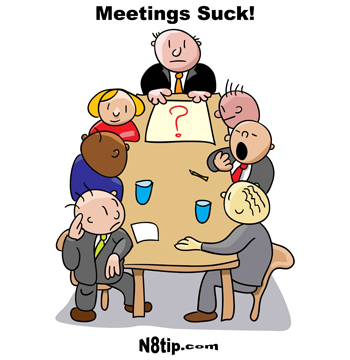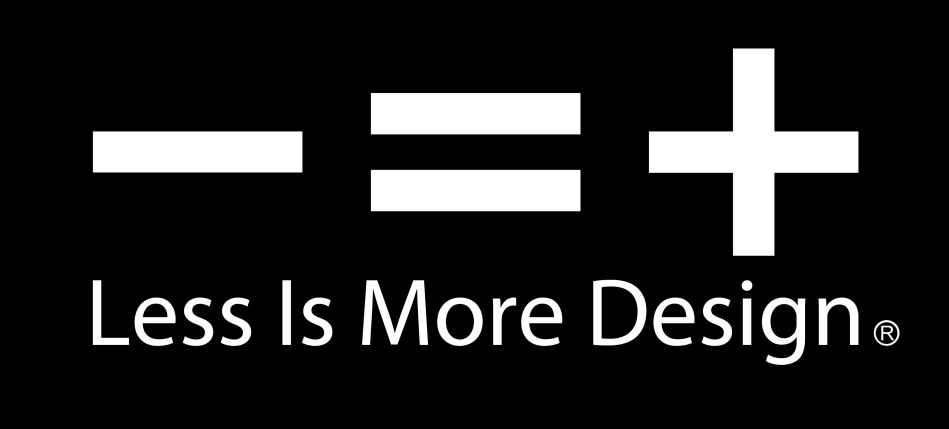Not Scaling – Part 2: Starting Small to Build Big
 The big news to share this week on bounceit!™ is that the app went live in the app store, after a long period of creation, and we are starting the process of scaling by not scaling, as was discussed in last week’s blog. This week will be focused on getting a small group to use and try it out on all devices to make sure everything is flowing well. Then, we will move to our local and social media friends to give it a try and to share with others, if they like it. And finally, on to the rest of the world.
The big news to share this week on bounceit!™ is that the app went live in the app store, after a long period of creation, and we are starting the process of scaling by not scaling, as was discussed in last week’s blog. This week will be focused on getting a small group to use and try it out on all devices to make sure everything is flowing well. Then, we will move to our local and social media friends to give it a try and to share with others, if they like it. And finally, on to the rest of the world.
Well, sort of to the rest of the world. Some people think big launches matter and they want to create a big event with a lot of hoopla, excitement and media attention. After this happens, then everyone will know about it and you are set to go viral. We thought about this approach a while back and decided against it. Interestingly, Paul thinks that this is not the way to go either. He says founders like to think that they have a great building and everyone who hears about it will want it. Even the best of the viral applications don’t start this way. He also says it is part laziness, that with the big launch, the hard work of creation is done and you can sit back and watch your amazing creation take off. This will not happen and will require getting users one at a time.
Another thing that usually doesn’t work on the way to scalability, is partnerships. Paul’s experience is that they don’t work for startups in general, in the form of getting the big break. They usually take lots of work and don’t lead to the scalability that was hoped for in the beginning. That is where you are trying to be scalable. When you get with organizations or other companies to work on building a core group of users in a certain demographic to experience the feedback, then this approach is doing the non-scalable with a few users at a time. We will be doing this with the University of Tennessee and with Regal Cinemas.
We will move in small, non-scalable aspects first, to build a presence with certain groups that we are targeting.
Paul says that what matters is not the big launch or the big partnership, but the ability to delight your customers is the key to getting bigger. Take a handful of people, make them really happy, watch what they do so you can learn, and they will get friends like them taking you further down the road.
So our plan is to go slowly with our initial roll-out to build a core group of users in our local community and test the app with the different ways new people may think about using it, and also to make sure all the software and hardware running the app will handle the pressure of hundreds of pictures and votes, and then thousands.
Bounceit!™ will have announcements locally next week in the press and we will have an article in Nibletz, which has agreed to use bounceit!™ to get feedback on speaker choices for their two big conferences.
This is an exciting time for founders and also a time not to sit back and wait for things to happen. Entrepreneurism is about getting out and creating the success you want!!








